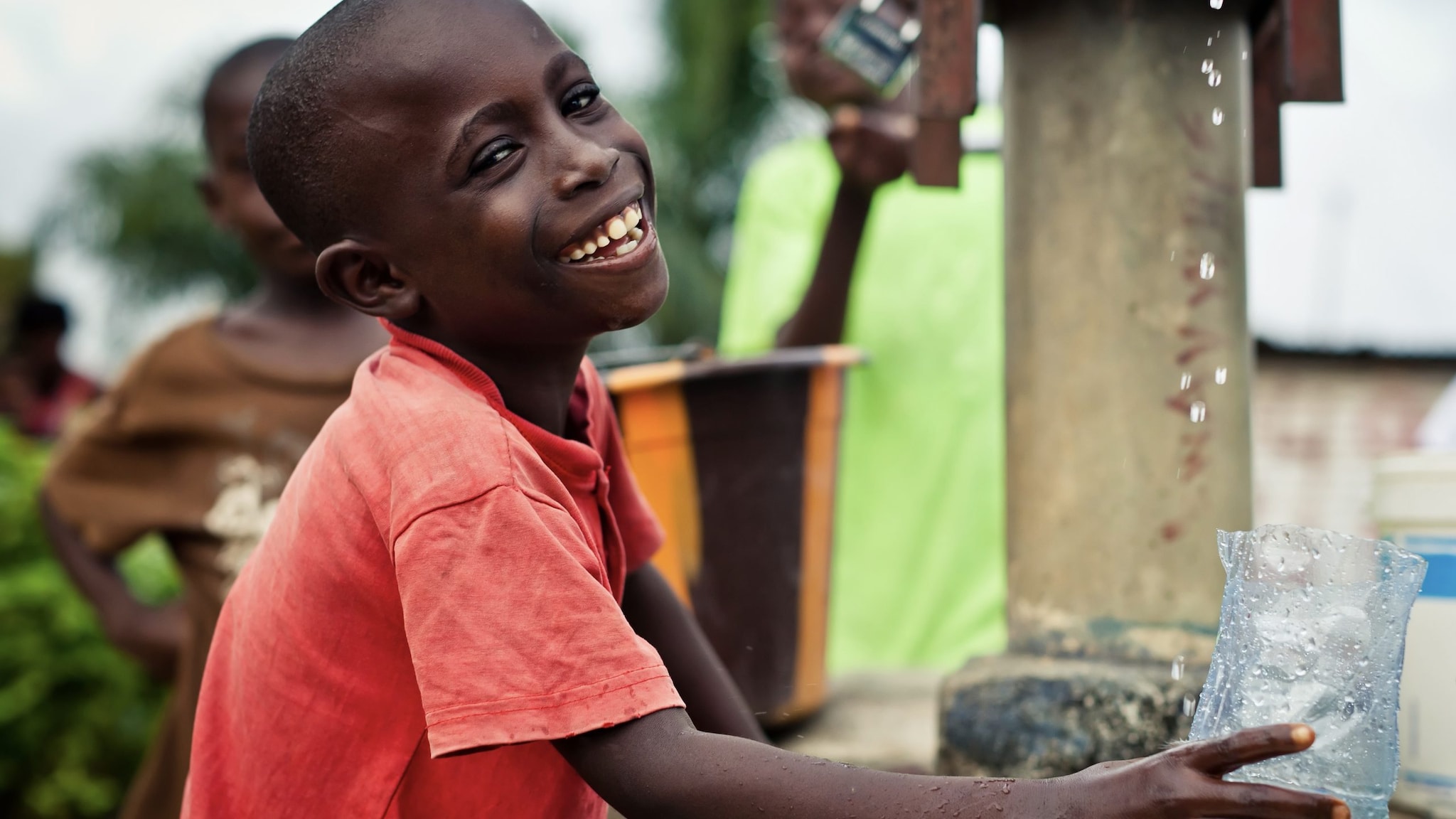Key points
- Many international organizations use access to safe drinking water as a way to measure progress against poverty, disease, and death.
- Despite some progress, millions of people around the world still lack access to safe drinking water.

Why it's important
An estimated 90% of the world's population uses at least basic drinking water services, according to the World Health Organization (WHO) and UNICEF. If current trends continue, that number will climb to 94% by 2030. However, many millions of people remain without access to basic drinking water services.
Terms to know
Access to safe drinking water is determined by the type and the location of water sources used for drinking, as well the quality and availability of those sources.
The service level terms and definitions in the table below include how drinking water services are defined by the Joint Monitoring Programme, a collaboration between WHO and UNICEF.
Note: Improved drinking water sources are those, which by nature of their design and construction, have the potential to deliver safe water, and include:
- Piped household water connection
- Public standpipe
- Borehole or tubewell
- Protected dug well
- Protected spring
- Rainwater collection
- Packaged or delivered water
- Water distributer (tanker-truck or cart with small tank/drum)
- Water kiosks
- Bottled water
- Sachet water
Unimproved drinking water sources are those, which by nature of their design and construction, are unlikely to deliver safe water, and include:
- Unprotected dug well
- Unprotected spring
- Surface water (river, dam, lake, pond, stream, canal, irrigation channel)
Safely managed water service level
Drinking water from an improved source accessible on premises, available when needed, and free from fecal and priority chemical contamination
Basic water service level
Drinking water from an improved source, provided collection time is not more than 30 minutes round trip, including getting in line and waiting
Limited water service level
Drinking water from an improved source with collection time exceeding 30 minutes round trip, including getting in line and waiting
Unimproved water service level
Drinking water from an unprotected dug well or unprotected spring
Surface water service level
Drinking water directly from a river, dam, lake, pond, stream, canal, or irrigation canal
